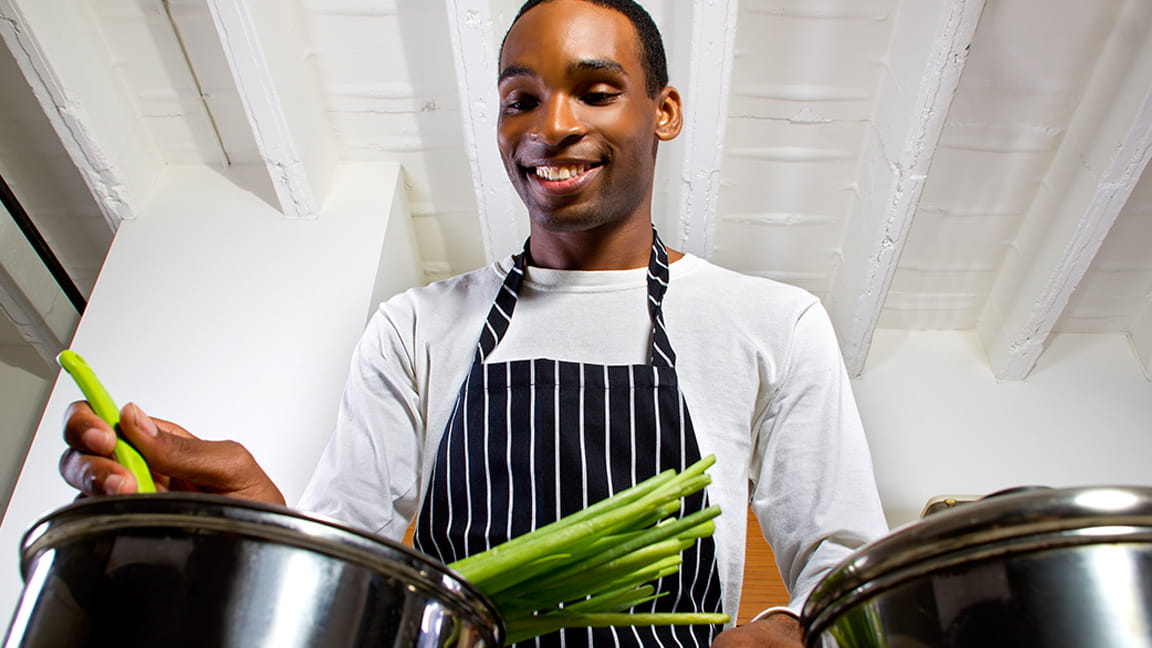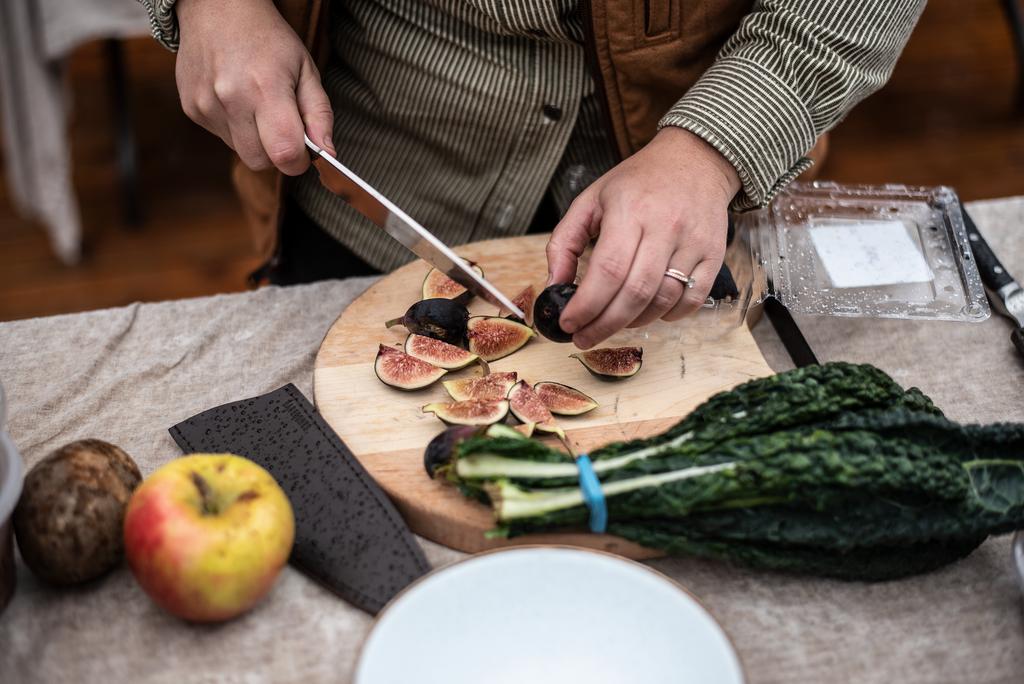
Des Moines and pepper squash are also called Acorn squash. It is distinguished by the presence of longitudinal ridges on its outside and sweet flesh within. Though it is a winter squash, it belongs to the same species as summer squashes. If you enjoy squashes, there are many ways to make them delicious. These are some great ways to make acornsucculent delicious and nutritious. It can be used as a healthy alternative to other starchy vegetables.
Making acorn squash in a microwave
Acorn squash is easy to microwave if you are interested in it. This squash can be cooked in a few minutes. The only thing you need to do is cut the acorn squash into half and remove the seeds. Rinse the squash. Season the squash well with salt. The easiest way to peel and mashing acorn squash is by microwaving. You can add butter, some sugar, and a pinch of salt.
Before cooking acorn squash in the microwave, be sure to choose one with a smooth skin and dense flesh. There are many sizes of acorn squash. They can range from one to three pounds. The larger the squash is, the more time it will take. If you are unsure, you can cut it vertically with a sturdy chef's knife to prevent breaking the stem. Once the squash has been cut, separate the pieces using your hands.

Use acorn squash to replace other starchy veggies
Acorn squash is a great substitute for starchy vegetables. Acorn squash is rich in fiber, vitamin C, potassium, magnesium, and vitamin A and B. The best way to enjoy this versatile vegetable is by roasting it. It can be filled with quinoa, pumpkin seed, or cheese. Unlike potatoes, acorn squash can be used in savory or sweet recipes.
Carotenoids are powerful antioxidants found in Acorn squash. They are plant pigments called carotenoids. Acorn squash is especially high in alpha-carotene, which may protect against certain types of cancer and mental decline. It also contains plenty of vitamin C and soluble and insoluble fiber, which help regulate blood sugar levels and promote regular bowel movements. It's also delicious and versatile, in addition to its health benefits.
Acorn squash has many health benefits
Vitamin C is an important component of Acorn squash, which is needed for the body to respond to treatment. This mineral is a "targeting agent," which means it kills cancer cells faster. Vitamin C can also be used to treat ovarian or lung cancers. Acorn squash promotes collagen formation, which keeps the skin healthy and smooth.

Acorn squash has fibre. This is a type dietary fibre that helps control blood sugar and cholesterol. A half-cup of this winter squash will provide more than three times the fibre of a cup full of cooked Oat bran. Adults need around 38 grams of fibre per day while older adults need up to 30 grams. Acorn squash contains soluble fibre which is the best type for those on a low-carb diet.
FAQ
Can you become a self-taught chef?
Yes, it is possible to be a self-taught chef! No matter how much you know, cooking is something that everyone enjoys. If you're interested in learning how cook at home, then start cooking. Start small, like making pancakes for breakfast or spaghetti sauce for dinner. The best way to learn how to cook is to try new recipes and experiment. It is possible to make mistakes.
Cooking can take anywhere from a few hours to several months depending on the skill level. It's important to remember that cooking isn't just about following recipes. There are so many ways to prepare food.
What skills do I need to get into culinary school?
To be a chef you need to be able and able to cook well. Cooking classes can be taken at high schools and community colleges to learn the basics of cooking. Once you have learned the basics of cooking, it is time to look for work at a restaurant.
How do I get hired as a chef?
First, you need to earn a culinary arts diploma in order to get a job working as a chef. The next step is to join a professional association like the American Culinary Federation. This organization provides certification exams and offers networking opportunities.
Statistics
- According to the BLS, chefs earn $58,740 a year. (learnhowtobecome.org)
- The median pay for a chef or head cook is $53,380 per year or $25.66/hour, according to the U.S. Bureau of Labor Statistics (BLS). (learnhowtobecome.org)
- You'll be amazed that over 90% of CIA students receive scholarships and grants to finish their culinary studies. (ischoolconnect.com)
External Links
How To
How to make the perfect omelet
Omelets have always been a favourite food to eat for breakfast. But how do you make them perfectly? I've tried many recipes and different methods but none have worked. So I wanted to share some tips and tricks so that you can make delicious, fluffy omelets every morn.
It is important to know that eggs can be temperamental when making omelets. They must be fresh, preferably from the organic market, and be kept cold until cooking. You must keep them cool enough to allow the whites to form properly and the yolks to become too runny if they're not kept at the right temperature. This can make your omelets look bizarrely colored. If you intend to cook your eggs immediately, it's best to use room-temperature egg.
Another tip is to separate your egg before adding it into the pan. You don't want the white to get mixed with the yolk, as this could cause the egg to curdle.
You could end up burning the bottom half of the egg if the egg is added directly to the heat source. Instead, heat the egg for 10 seconds in the microwave before placing it in the pan. The heat from the microwave cooks the egg just enough without overcooking it.
Next, let us talk about how to mix the eggs. When mixing eggs, it is important to thoroughly beat them. To do this, take the bowl from the mixer and flip it upside-down. Now shake the bowl vigorously. The egg will be thoroughly mixed in the bowl as the air is whipped.
Now comes the fun part - pouring the milk into the mixture. Pour half the milk into the beaten egg mixture and then fold in the eggs. Don't worry if there are still streaks of egg visible; these streaks will disappear once you flip the omelet.
After you have folded the eggs, heat the oil in a pan over medium heat. Once the oil has started to sizzle, turn the heat down to low. Once the oil starts getting hot, add 1/4 cup of butter to the pan and swirl it around to coat the entire surface of the pan. Now carefully crack open the lid of the pan and sprinkle salt into the pan. A pinch of salt will prevent your omelet from sticking in the pan.
Cover the pan once the omelet is formed and allow it to cool completely. Use a spatula to flip the omelet or turn the pan upside-down. Cook the other side for about a minute. Serve immediately after removing the omelet from its pan.
This recipe works best with whole milk, but skimmed milk also works.